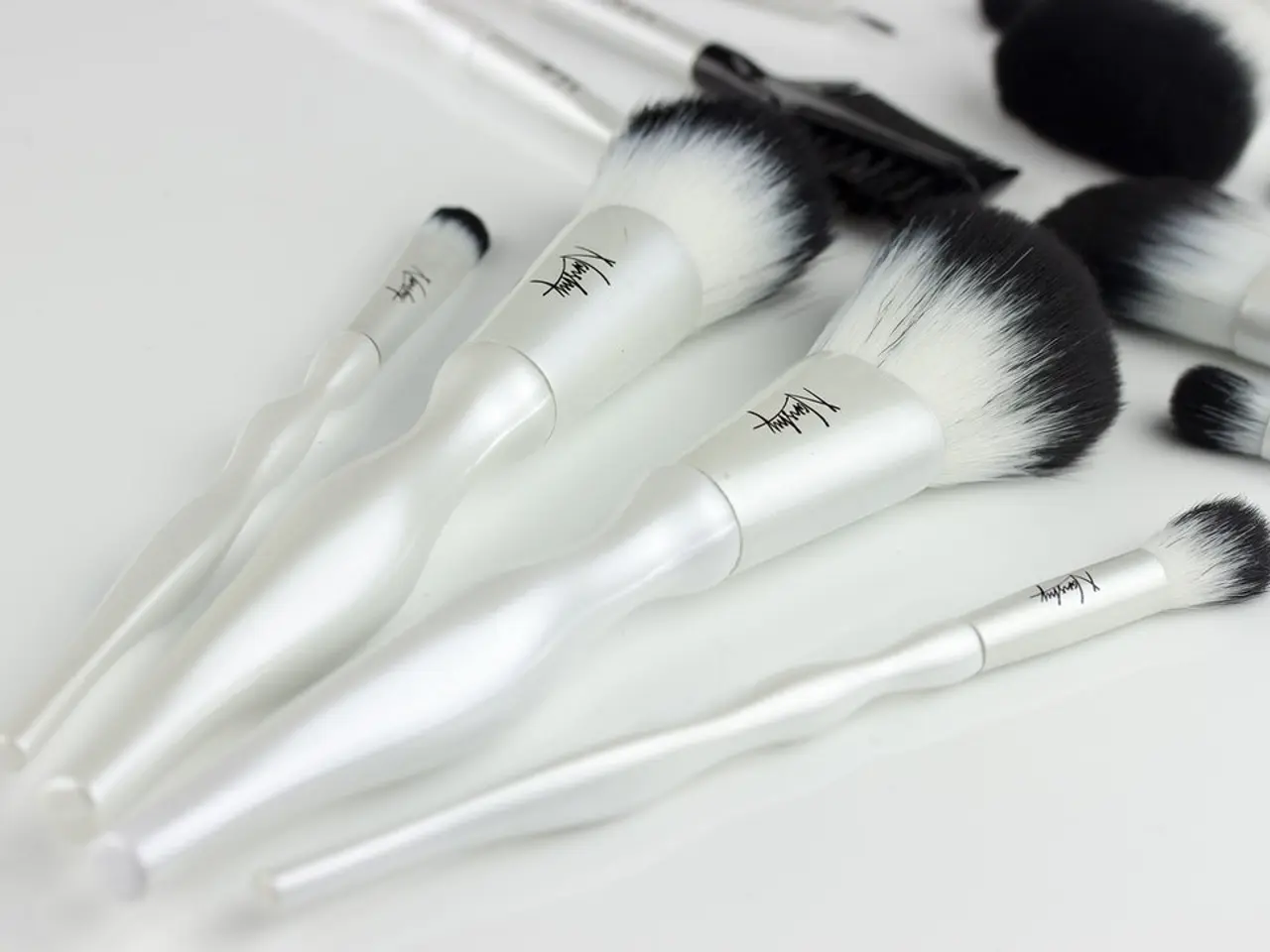marketing regulations prohibit showing 'before-and-after' comparisons in advertisements for hyaluronic acid injections - "Regulation Prohibits Comparison Advertising for Hyaluron Injection Treatments by the BGH"
In a landmark ruling, the Federal Court of Justice (BGH) in Germany has established new rules for advertising minimally invasive aesthetic procedures such as hyaluronic acid injections and Botox. The Senate of the Federal Court of Justice made the decision, emphasizing that such advertising must not be misleading and must be based on verifiable evidence.
The BGH's key requirements for before-after advertising of these aesthetic treatments include:
- Advertisements must reflect realistic and typical results that consumers can generally expect.
- Before-after photos must be truthful and not artificially enhanced or manipulated.
- Any claims about the effects or duration of the results must be substantiated by scientific evidence or accepted medical standards.
- Potential risks, variability of outcomes, and individual differences should be clearly communicated.
- Comparative representations using before-after images must not create unjustified expectations or imply guaranteed outcomes.
These guidelines are derived from the BGH's interpretation of German unfair competition law (UWG) and consumer protection regulations. The court has held that misleading before-after advertising could be unlawful because it distorts the consumer's ability to make an informed decision.
The ruling, which specifically addressed the defendant company Aesthetify based in Recklinghausen, reinforces the precedent set for the advertising of aesthetic treatments involving before-after images in Germany. The ruling applies to treatments involving Botox, in addition to hyaluron injections.
Aesthetify, a company run by well-known doctors and influencers "Dr. Rick" and "Dr. Nick", published before-after images of patients on Instagram and its own website for these treatments. However, the BGH ruled that such treatments may not be advertised with before-after images.
The aesthetic treatment involving hyaluron injections is considered an operative, plastic-surgery procedure under the Medicinal Products Advertising Act. These treatments can be administered to areas like the nose or chin. The ruling does not apply to all aesthetic treatments but specifically those involving hyaluron injections.
The BGH's decision upholds a ruling by the Higher Regional Court of Hamm (Az. I ZR 170/24), setting a precedent for the advertising of aesthetic treatments involving hyaluron injections in Germany. Aesthetify offers aesthetic treatments such as nose corrections and lip fillings with Botox and hyaluron at six locations in Germany. Advertisers in this field must therefore be cautious with visual and textual claims in before-after formats, ensuring these comply with legal standards for transparency and consumer protection.
- In light of the BGH's ruling, it is crucial for vocational training programs for marketing professionals to emphasize the importance of truthful and non-misleading advertising, particularly in the health-and-wellness sector, such as medical-conditions, skin-care, therapies-and-treatments, and fitness-and-exercise.
- The BGH's decision underscores the significance of scientific evidence in supporting claims made in advertisements, including those related to CBD, a product increasingly popular in health and wellness.
- The ruling presents an opportunity for policymakers to consider implementing stricter regulations for advertising in the community, ensuring transparency, consumer protection, and accurate portrayal of results in all industries offering vocational training, such as skin care and fitness.
- In addition, the BGH's decision emphasizes the need for vendors in the health-and-wellness industry, like Aesthetify, to be knowledgeable about the legal requirements for advertising treatments like hyaluron injections and Botox, to avoid potential legal violations and maintain consumer trust.




